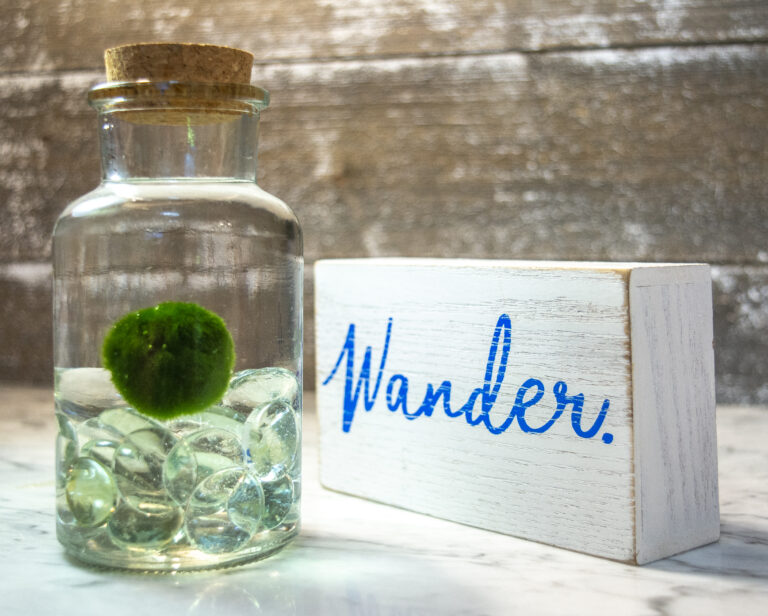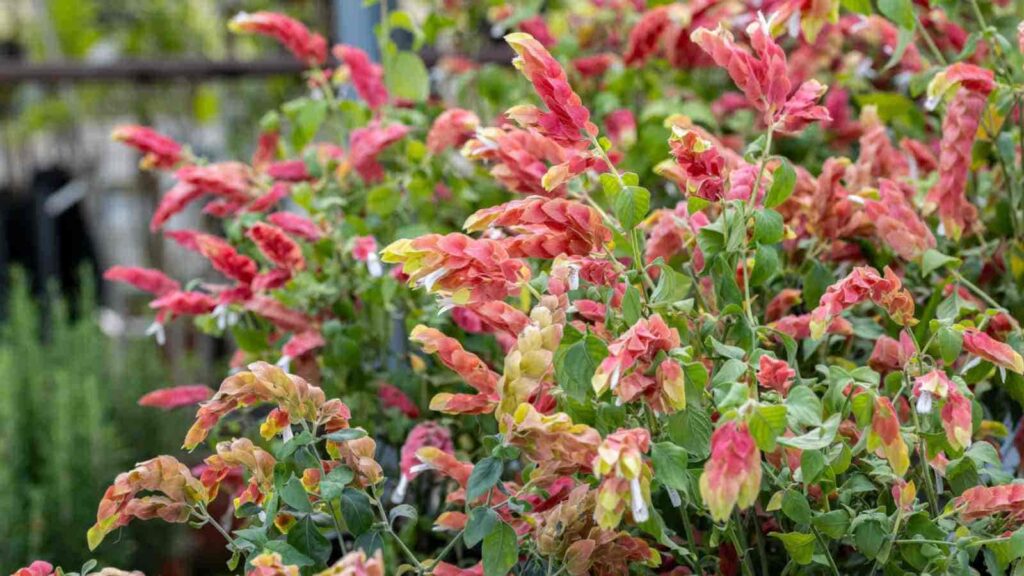Introduction
The natural world is filled with an astonishing array of flora, each species showcasing its unique charm and beauty. Among these, the Shrimp Plant (Justicia brandegeeana) stands out with its striking appearance and fascinating characteristics. Named for its shrimp-like bracts, this plant not only adds aesthetic appeal to gardens but also plays a significant role in the ecosystem. In this article, we will explore the unique beauty of Shrimp Plants, delving into their origins, physical characteristics, growing conditions, and ecological significance.
The Origin and History of Shrimp Plants
Shrimp Plants are native to Mexico and belong to the Acanthaceae family. Their journey into global horticulture began in the late 19th century when they were introduced to Europe and the United States as ornamental plants. Over time, their distinctive appearance and relatively easy maintenance have made them popular choices for gardens, greenhouses, and indoor plant collections.
Physical Characteristics
One of the most captivating aspects of the Shrimp Plant is its unique appearance. The plant typically grows to a height of 1 to 1.5 meters and features evergreen foliage with lance-shaped leaves. However, the true highlight is its inflorescences, which resemble shrimp. These bracts are usually bright red or pink, though variations in yellow and orange also exist. The bracts are not flowers but modified leaves that protect the plant’s small, tubular, white flowers. These flowers are a source of nectar for hummingbirds and butterflies, adding to the plant’s allure.
The shrimp-like bracts can last for several months, making the Shrimp Plant a long-lasting addition to any garden. Their unique structure and vibrant colors make them a focal point in garden designs, often used to add a touch of exotic beauty.
Growing Conditions and Care
Growing Shrimp Plants is relatively straightforward, making them suitable for both novice and experienced gardeners. They thrive in warm, humid environments and prefer well-drained soil rich in organic matter. Here are some essential tips for cultivating Shrimp Plants:
- Light: Shrimp Plants thrive in partial to full sunlight. In areas with intense sun, they benefit from some afternoon shade to prevent leaf burn.
- Watering: These plants require consistent moisture, especially during the growing season. However, it’s crucial to avoid waterlogging, which can lead to root rot. Water the plants when the top inch of soil feels dry.
- Temperature and Humidity: Being tropical plants, Shrimp Plants prefer temperatures between 60-75°F (15-24°C). They are not frost-tolerant and should be protected or moved indoors in colder climates. High humidity levels are also beneficial, mimicking their native habitat.
- Fertilization: Regular feeding with a balanced, water-soluble fertilizer every two weeks during the growing season supports healthy growth and vibrant bracts.
- Pruning: To maintain their shape and encourage bushier growth, prune Shrimp Plants regularly. Removing spent flowers and leggy stems helps promote new growth and more abundant blooms.
- Propagation: Shrimp Plants can be easily propagated through stem cuttings. Cut a healthy stem, remove the lower leaves, and place it in water or moist soil. Roots will develop within a few weeks, and the new plant can be potted once the roots are established.
Ecological Significance
Beyond their visual appeal, Shrimp Plants play an essential role in the ecosystem. Their nectar-rich flowers attract pollinators such as hummingbirds, bees, and butterflies, supporting local biodiversity. By providing a food source for these pollinators, Shrimp Plants contribute to the health and sustainability of gardens and natural habitats.
In addition to their ecological benefits, Shrimp Plants are known for their potential medicinal properties. In traditional medicine, parts of the plant have been used to treat various ailments, including respiratory issues and inflammation. While scientific research on these medicinal uses is still ongoing, the traditional knowledge highlights the plant’s multifaceted value.
Incorporating Shrimp Plants into Garden Designs
The unique beauty of Shrimp Plants makes them versatile additions to garden designs. Here are some ideas on how to incorporate them into your landscape:
- Accent Plants: Use Shrimp Plants as focal points in flower beds or borders. Their vibrant bracts draw the eye and create a striking contrast against green foliage.
- Container Gardens: Shrimp Plants thrive in pots and containers, making them perfect for patios, balconies, and indoor spaces. Ensure the containers have good drainage to prevent waterlogging.
- Pollinator Gardens: Given their attraction to pollinators, include Shrimp Plants in gardens designed to support bees, butterflies, and hummingbirds. Pair them with other nectar-rich flowers to create a diverse and vibrant habitat.
- Tropical Themes: Enhance the exotic appeal of tropical-themed gardens by incorporating Shrimp Plants alongside other tropical flora such as hibiscus, bird of paradise, and palm trees.
- Mixed Borders: Combine Shrimp Plants with a mix of perennials and annuals to create dynamic and colorful garden borders. Their long-lasting bracts provide continuous interest throughout the growing season.
Conclusion
The Shrimp Plant is a remarkable example of nature’s creativity and beauty. Its shrimp-like bracts, vibrant colors, and ease of care make it a favorite among gardeners and plant enthusiasts. Beyond its aesthetic appeal, the Shrimp Plant plays a crucial role in supporting pollinators and contributing to ecological balance. Whether you are an experienced gardener or a novice, incorporating Shrimp Plants into your garden can bring a touch of exotic charm and natural wonder to your outdoor space.















